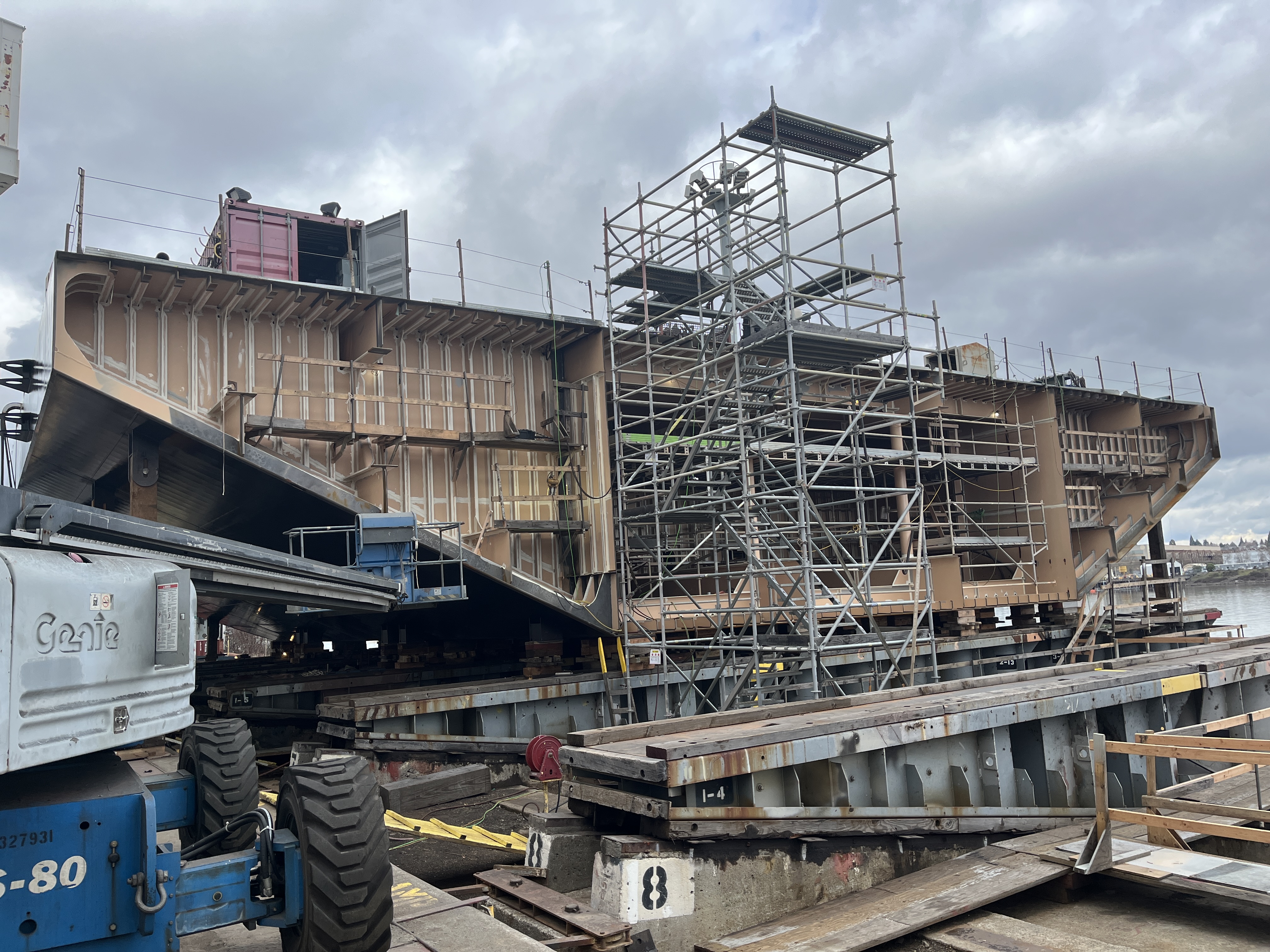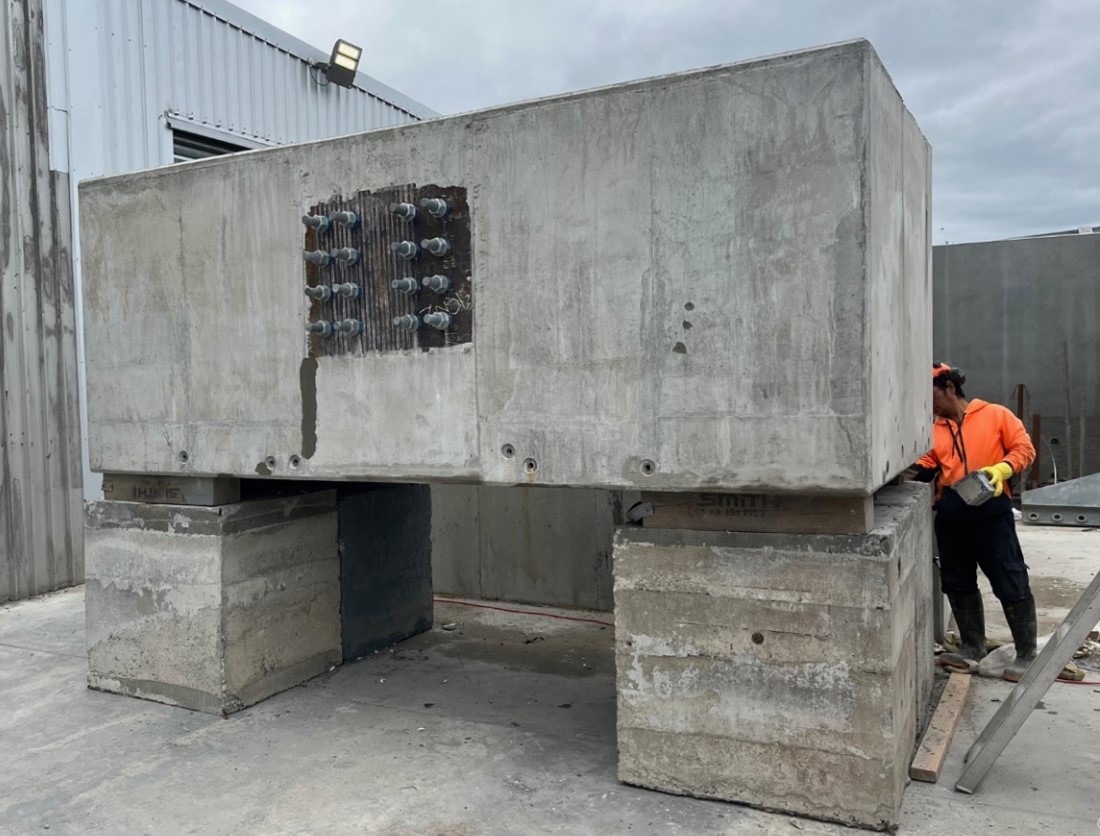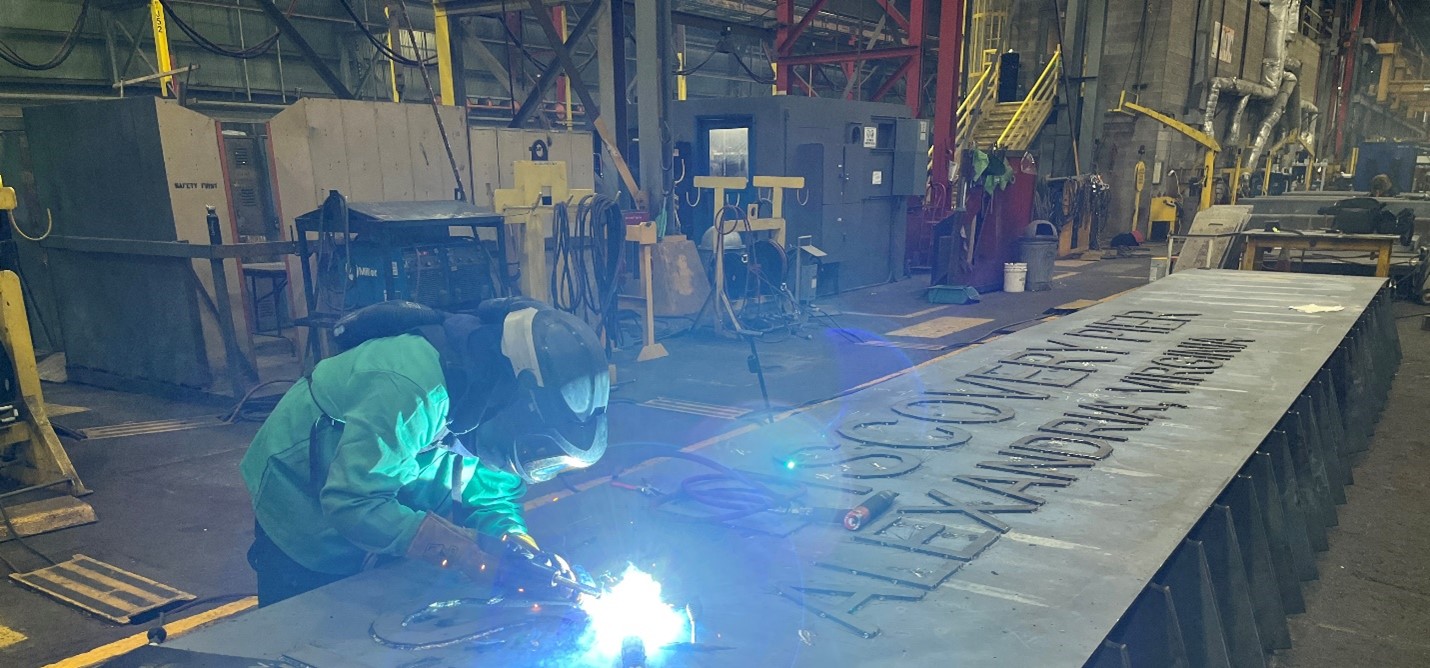Preparations Underway for a new Barge Pier at NSF McMurdo Station
Solving Challenges Unique to Antarctica with Long-Term, Strategic Perspective
April 29, 2025
As part of the Antarctic Infrastructure Recapitalization (AIR) efforts, the U.S. National Science Foundation (NSF) is working with the U.S. Army Corps of Engineers to build a barge pier at NSF McMurdo Station. The barge pier will enable the annual delivery of scientific equipment, as well as all the food, fuel and material that it takes to sustain year-round operations at NSF McMurdo Station, NSF Amundsen-Scott South Pole Station and seasonal deep field camps. In addition to constructing the barge pier, the U.S. NSF AIR program is upgrading overland traverse platforms, replacing aging fleet equipment, building a new McMurdo dormitory, and lifting science buildings at South Pole Station out of the drifting snow. The AIR program is critical to ensuring the U.S. Antarctic Program has adequate facilities and equipment to continue to support our world-leading science program on the continent.
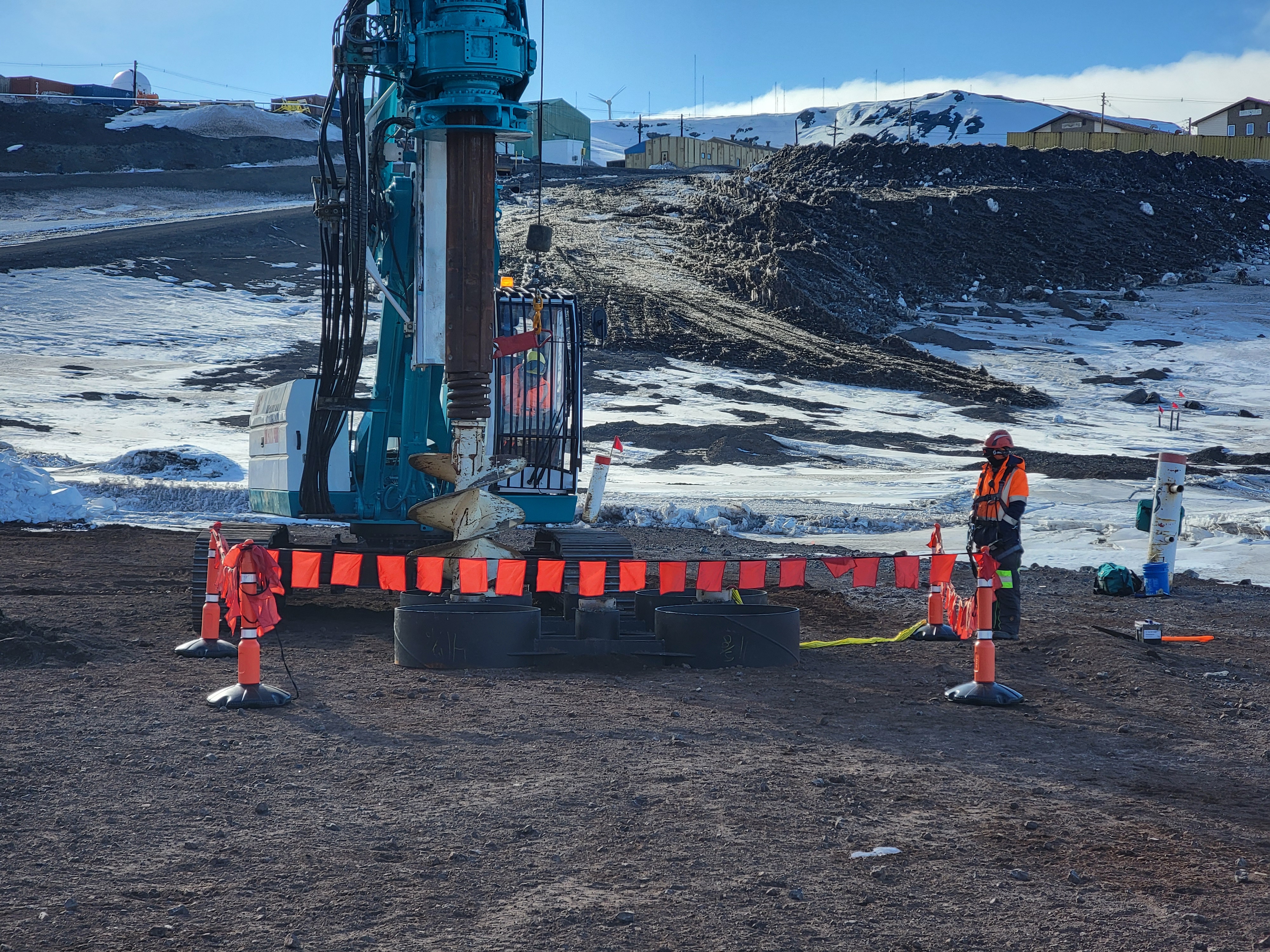
The Antarctica New Zealand contracted drilling team prepares a work point to install mooring piles at the wharf.
The barge is scheduled to be launched in September 2025, making its way from Portland, Oregon, to Christchurch, New Zealand, and then to McMurdo Station - a journey of about ninety days. Once installed, the barge will be ready for operations in January 2027.
Designed for long-term stability and a lifespan of at least 20 years, the pier will feature two high-capacity bridges, allowing for an efficient drive-thru traffic flow for trucks, trailers, loaders and heavy equipment. The barge pier will replace the annual construction and maintenance of an ice pier, ensuring a more reliable and efficient solution for cargo ship operations.
Throughout the 2024-25 Antarctic season, NSF collaborated with Antarctica New Zealand and the U.S. Naval Mobile Construction Battalion 3 to install onshore mooring infrastructure, which will secure the pier for long-term stability. Crews surveyed the wharf, installed bore templates and drilled and placed steel pilings. During upcoming seasons, large pre-cast concrete pile caps will be placed over the piles and four stiff-leg cylinders will connect the barge to the onshore infrastructure. Launching the two high-capacity modular bridges is the last installation step.
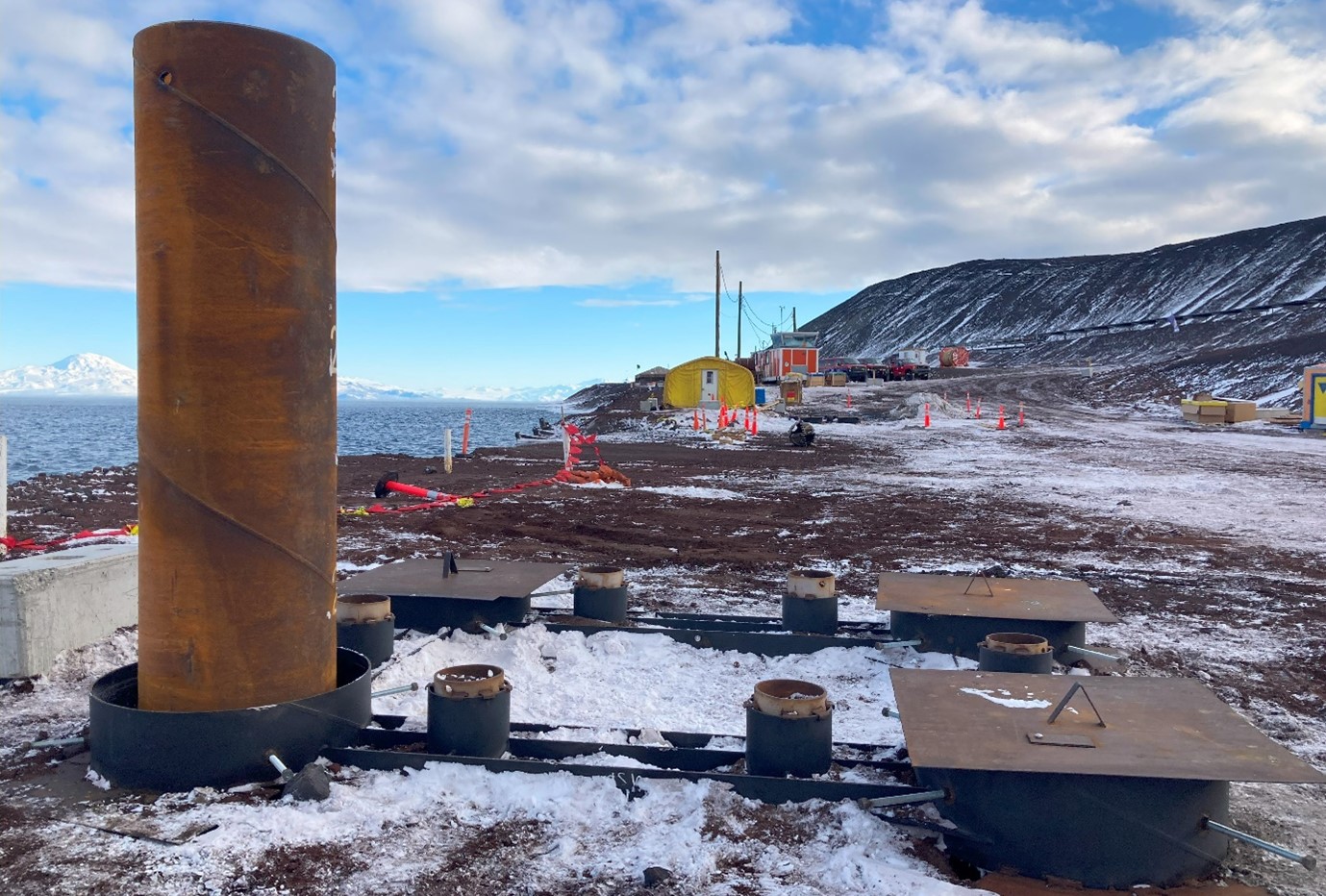
After Antarctica New Zealand completed drilling, the U.S. Naval Mobile Construction Battalion 3 began placing the piles in the wharf.
